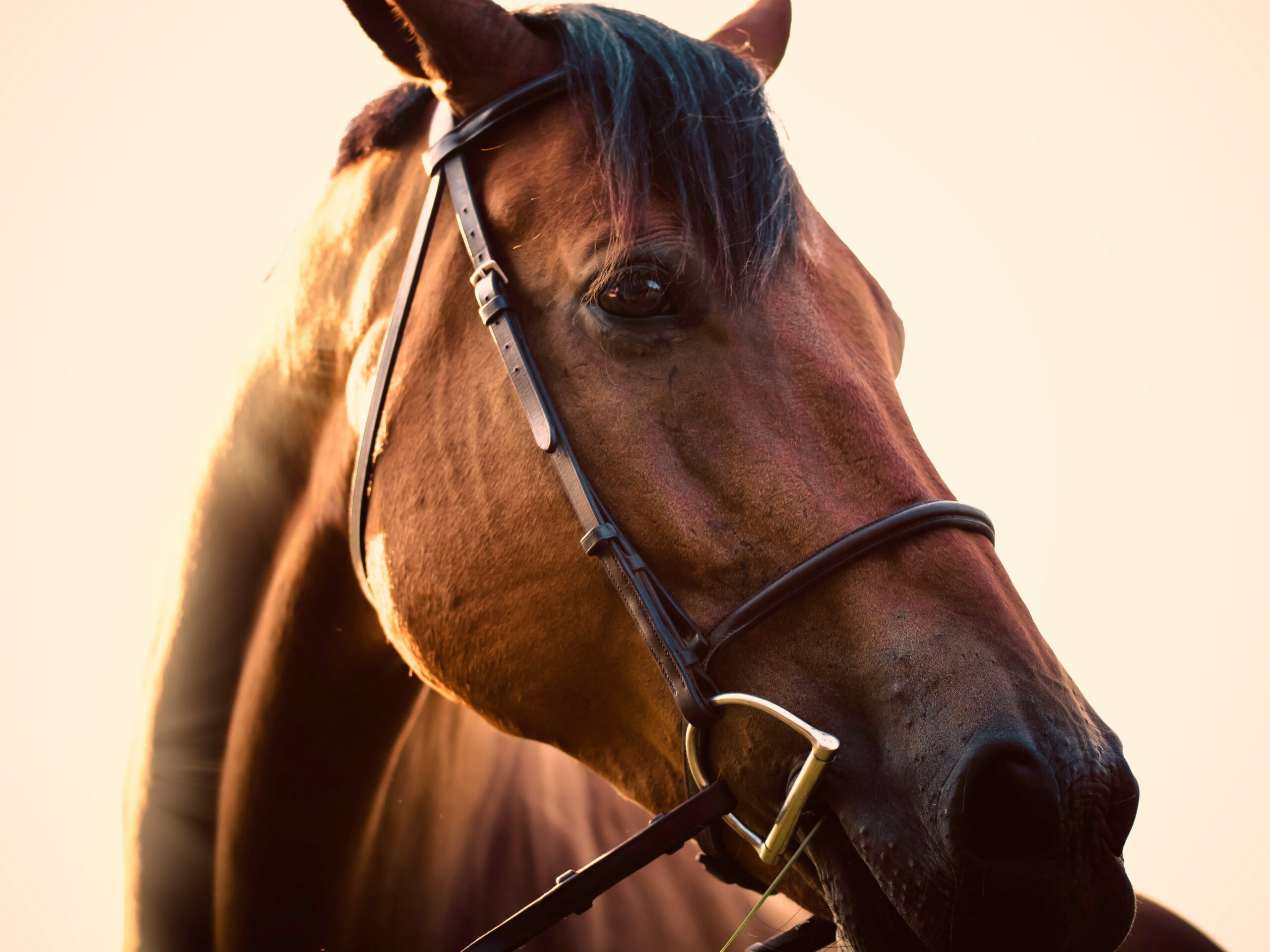THE MANE EVENT – OFFERS ALL AUGUST
Celebrate Your Horse’s Birthday with Special Offers All August!Treat your horse to the best this August with exclusive deals on supplements, feeds,…
Nationwide shipping! Now with Express shipping option as well. Click here for details.

Fermentation is achieved through the machinations of billions of protozoa, fungi, and bacteria. Together, these microbes convert carbohydrate-based contents, essentially plant-based fiber, into volatile fatty acids (VFA), which provide energy to the horse. If soluble carbohydrates, such as those found in large supply in grain meals, find their way into the hindgut, some lactate might be produced.
An overproduction of lactate can shift the pH of the hindgut to a more acidic state, which may cause problems. When a drop in pH occurs, called hindgut acidosis, some of the beneficial fiber-digesting microbes die off. Digestive efficiency drops as a result. In many horses, this manifests as poor appetite, crabby disposition, recurrent colic, and onset of certain stable vices, such as stall-walking and cribbing.
To offset this, horse owners should scrutinize feeding management. Hindgut acidosis is rarely caused by what is fed but rather how it is fed. Here are three strategies to ward off hindgut acidosis:
Some horses, especially those that are asked to perform intense exercise, must consume large grain meals to fuel performance. Hindgut acidosis can be curbed by feeding EquiShure, a time-released buffer that raises the pH of the hindgut and eliminates signs of acidosis.
Great range - quick and secure delivery
Buy securely online and pickup at your local store
Call your local store and come on down to pickup